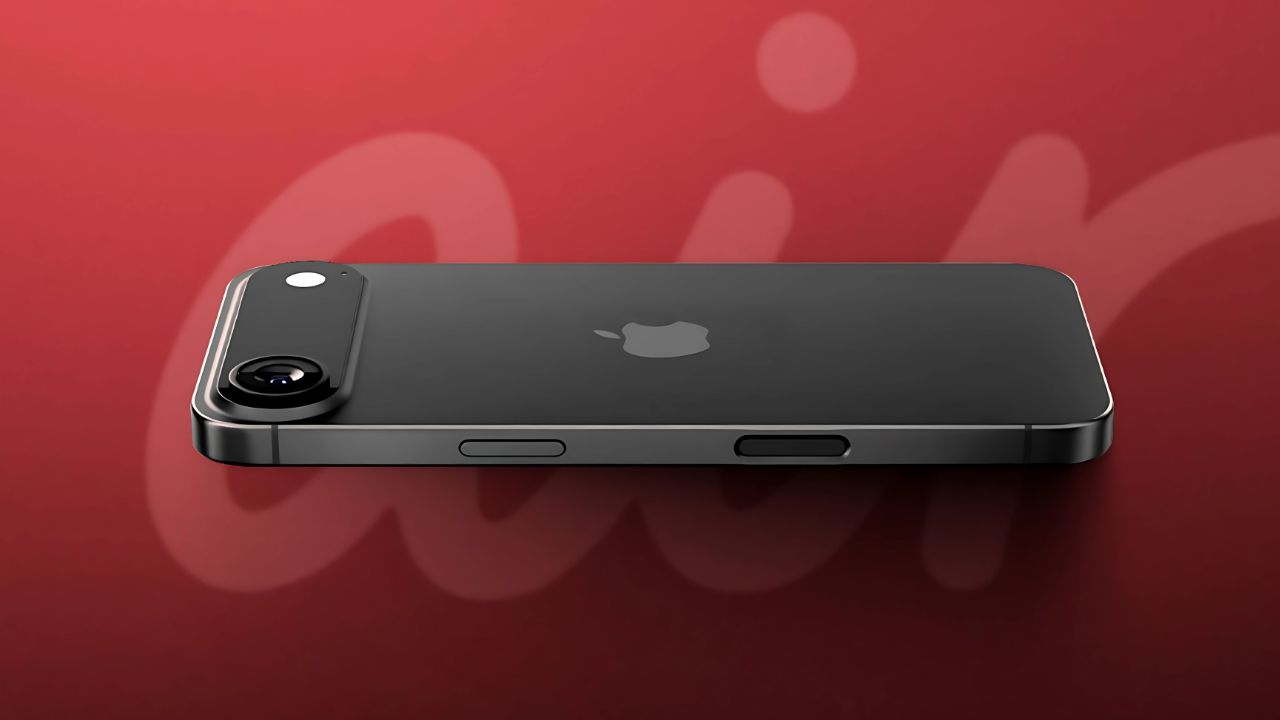Apple’s upcoming iPhone 17 Air is generating buzz for all the wrong reasons. Recent leaks suggest that this ultra-thin device might struggle to keep up with your daily smartphone needs, particularly when it comes to battery performance. If you’re considering upgrading to what could be Apple’s thinnest iPhone ever, here’s what you need to know about its power capabilities.
The Reality Check: Under 3,000mAh Battery Capacity
According to recent insider information, the iPhone 17 Air will pack a battery with less than 3,000mAh capacity. To put this in perspective, most modern smartphones today come with batteries ranging from 3,500mAh to 5,000mAh. This smaller capacity isn’t necessarily a design oversight—it’s a direct consequence of Apple’s ambitious goal to create their thinnest iPhone to date.
The trade-off between sleek design and battery life has always been a challenge in smartphone engineering. While Apple has historically been efficient with battery management, this particular model pushes the boundaries of what’s physically possible in such a compact form factor.
Why the iPhone 17 Air Has Limited Battery Space
Ultra-Thin Design at 5.5mm
The iPhone 17 Air’s defining feature is also its biggest limitation. At just 5.5mm thick, this device will be remarkably slim—thinner than most smartphones currently on the market. This aggressive pursuit of thinness leaves minimal internal space for essential components, particularly the battery.
Think about it this way: every millimeter matters when you’re designing a phone this thin. Engineers must carefully balance space allocation between the processor, cameras, speakers, and battery. Unfortunately, the battery often bears the brunt of these space constraints.
Large 6.6-Inch Display Demands More Power
Interestingly, while the phone will be thin, it won’t be small. The iPhone 17 Air is expected to feature a substantial 6.6-inch display, making it the second-largest screen in Apple’s lineup, behind only the Pro Max model. Larger displays naturally consume more power, creating an additional challenge for the already limited battery capacity.
The situation becomes more complex when you consider that this display will likely support a 120Hz refresh rate. High refresh rate screens provide smoother scrolling and better responsiveness, but they’re notorious battery drains. This combination of large screen size and high refresh rate could significantly impact daily usage time.
Apple’s Software Solutions: iOS 26 Adaptive Power Mode
Smart Battery Management
Apple isn’t ignoring the battery challenges. The company is reportedly implementing enhanced power management features in iOS 26, including an improved Adaptive Power mode. This intelligent system makes subtle adjustments to extend battery life without severely impacting user experience.
The Adaptive Power feature works by dynamically adjusting various phone functions based on your usage patterns and remaining battery level. For instance, it might slightly reduce screen brightness, optimize background app refresh, or temporarily limit certain performance-intensive tasks.
What Users Can Expect
Current estimates suggest that approximately 60 to 70 percent of iPhone 17 Air users should be able to complete a full day without needing to charge. However, this largely depends on individual usage patterns. Light users who primarily use their phones for calls, texts, and basic apps will likely fare better than heavy users who frequently stream content, play games, or use demanding applications.
Hardware Efficiency Improvements
In-House Components for Better Power Management
Apple is reportedly incorporating several custom-designed components that should help offset some battery limitations. The iPhone 17 Air will likely feature Apple’s in-house Wi-Fi chip and the custom C1 modem, both designed to be more power-efficient than third-party alternatives.
These custom components represent Apple’s long-term strategy of reducing dependence on external suppliers while optimizing power consumption. When you control both hardware and software, you can fine-tune performance in ways that weren’t previously possible.
Advanced Processor Technology
The device will run on Apple’s 3nm A19 chip, paired with 12GB of RAM. Advanced manufacturing processes typically result in better power efficiency, meaning the processor should deliver strong performance while consuming less battery power compared to older generations.
Practical Implications for Daily Use
Who Should Consider the iPhone 17 Air
The iPhone 17 Air will likely appeal to users who prioritize design and portability over maximum battery life. If you’re someone who:
- Values ultra-portable devices
- Has access to charging throughout the day
- Uses your phone moderately rather than intensively
- Appreciates cutting-edge design
Then the iPhone 17 Air might align with your preferences despite its battery limitations.
Who Might Want to Look Elsewhere
Heavy smartphone users should carefully consider whether the iPhone 17 Air meets their needs. If you:
- Frequently travel without easy access to charging
- Use power-intensive apps regularly
- Stream content for hours daily
- Need your phone to last well into the evening
You might be better served by the iPhone 17 Pro Max, which is expected to feature a robust 5,000mAh battery.
Alternative Solutions and Workarounds
Battery Accessories
Apple is rumored to be developing a battery case accessory specifically for the iPhone 17 Air. While this somewhat defeats the purpose of having an ultra-thin phone, it provides an option for users who need extended battery life on specific occasions.
Charging Strategy Adjustments
Users will likely need to adapt their charging habits. This might involve:
- Utilizing wireless charging pads at work and home
- Carrying portable chargers for extended outings
- Taking advantage of fast charging capabilities
- Planning charging breaks during long days
The Bigger Picture: Design vs. Functionality
The iPhone 17 Air represents Apple’s ongoing experiment with form factor innovation. While the battery capacity concerns are valid, it’s worth remembering that Apple has consistently surprised users with better-than-expected battery performance through software optimization.
This device will likely serve as a testing ground for future technologies and design approaches. The lessons learned from the iPhone 17 Air could influence how Apple balances thinness and battery life in future generations.
The iPhone 17 Air’s battery situation highlights the ongoing tension between aesthetic innovation and practical functionality in smartphone design. While the sub-3,000mAh capacity is concerning, Apple’s track record suggests they’ll implement clever solutions to maximize whatever battery life is available.
